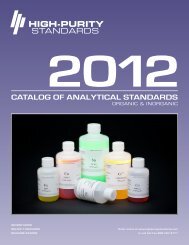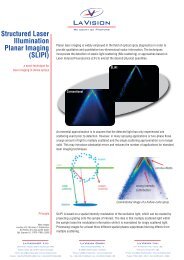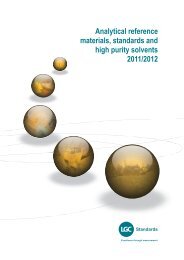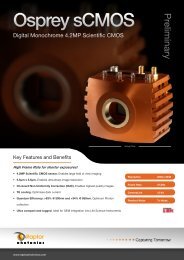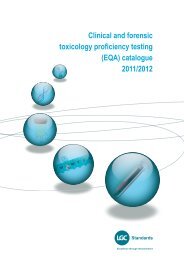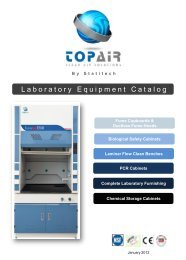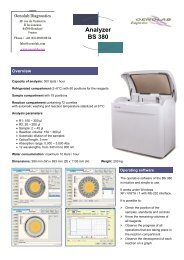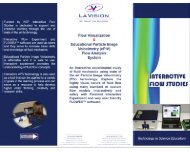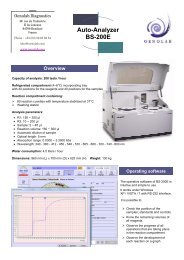Proficiency testing catalogue - LGC Standards
Proficiency testing catalogue - LGC Standards
Proficiency testing catalogue - LGC Standards
Create successful ePaper yourself
Turn your PDF publications into a flip-book with our unique Google optimized e-Paper software.
transcribe results correctly. <strong>LGC</strong> <strong>Standards</strong><strong>Proficiency</strong> Testing staff cannot interpret orcalculate results on participants’ behalf.Once submitted and received, results cannot be amended and no changes can bemade after the report has been issued.Q: Can my results be included in the reportif I’ve missed the deadline for reporting?A: Participants are asked to return results bythe given deadline in order to ensure that theirresults are included in the statistical analysisand the scheme report. Results receivedafter the closure date will not be included inthe report.For schemes where a generic report is issued,this is available to all participants subscribingto the round regardless of whether theirresults were submitted or not.practicable and technically feasible theassigned value will be derived throughformulation (or occasionally through the useof a certified reference material) to providemetrological traceability; the associateduncertainty of the value can therefore beestimated. However, in many cases the useof a consensus value is the only practicableand technically feasible approach to use.When the assigned value is determinedfrom the consensus value of participantresults, or from expert laboratories, robuststatistical methods are used for calculationof the consensus value, the estimatedstandard uncertainty and the robuststandard deviation.For qualitative tests, participant results arecompared against the intended result basedon formulation.Q: How do you prevent collusion andfalsification of results?A: It defeats the objective of taking part inproficiency <strong>testing</strong> if participants are notreturning genuine results. Certain measuresare built into the schemes to try and preventcollusion but, ultimately the responsibilityrests with each participating laboratory tobehave in a professional manner.For schemes where the result is subjectiverather than quantifiable, a model answerproduced by appropriate experts will bepublished in the report.For microbiology test materials, all participantresults are transformed by converting themto log 10 before the statistical analysis isundertaken.Q: How is the assigned value established?A: ISO 13528: ‘‘Statistical methods for use inproficiency <strong>testing</strong> by interlaboratorycomparisons” sets out how the assignedvalue and performance assessment criteriacan be established and describes theoptions for the various scoring systems.The assigned value is the value selected asbeing the best estimate of the ‘true value’for the parameter under test. The methodused to determine the assigned value mayvary depending upon the particular schemeand test material and is detailed in therelevant scheme description.For quantitative tests, where it is appropriate,Q: How do I evaluate measurementuncertainty?A: The aim when evaluating measurementuncertainty is to combine the effects of allthe errors, that will influence the measurementresult, into a single value. There are manydifferent guides available which provideadvice on evaluating measurementuncertainty. Two specific guides that areinternationally recognised, are:- ISO (BIPM, IEC, IFCC, IUPAC, IUPAP &OIML) "Guide to the Expression ofUncertainty in Measurement"- EURACHEM/CITAC Guide "QuantifyingUncertainty in Analytical Measurement"Frequently askedquestionsEmail: customerservices@lgcpt.comWebsite: www.lgcpt.com57



